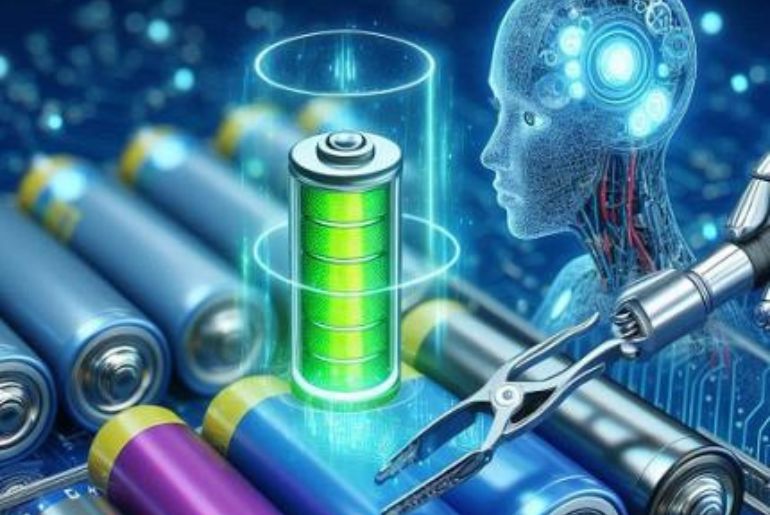There is a lot of possibility in integrating battery storage into automobiles and structures. Achieving a high energy density and guaranteeing a robust load-bearing capacity are the two main obstacles that researchers must overcome. These issues are being addressed by researchers at the Korea Advanced Institute of Science and Technology (KAIST). They have created thin composite batteries made of carbon fiber that can bear large loads and store a significant amount of energy.
A framework for constructing solid polymer electrolytes—a crucial component of ultra-thin, high-stiffness structural batteries—from both a material and structural standpoint was put out by the researchers. The working time of automobiles, drones, airplanes, and robots could be significantly increased by using these material-based structural batteries as internal parts.
Carbon fibers serve as the anode and cathode in the KAIST innovation. According to the researchers, they have strengthened the bond between the electrolyte and electrodes, improving performance.
Incorporating battery packs into the design of an electric vehicle can also save weight, save money, and increase fire safety. As we transition to a sustainable, electric-based energy and transportation infrastructure, innovative battery designs are crucial. We can reduce emissions that contribute to global warming and its effects, such as extreme weather and heat waves that endanger our agricultural systems, by using energy from the sun, wind, and waves rather than fossil fuels.
Ongoing studies at KAIST may improve the application of structural batteries in EVs. The team’s illustration illustrates the possible uses of carbon fiber batteries by integrating them into an automobile’s roof.

